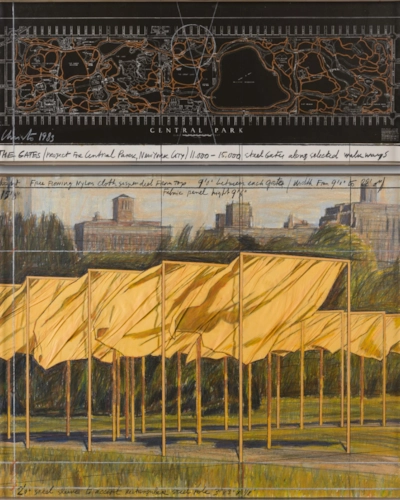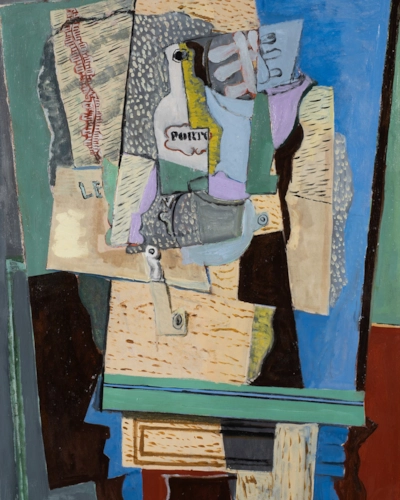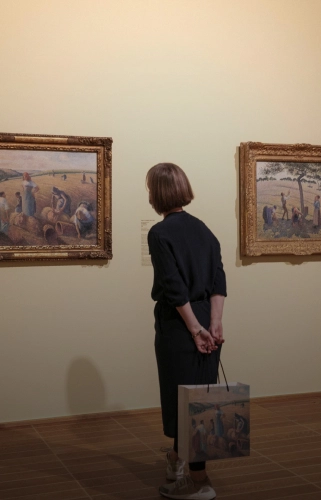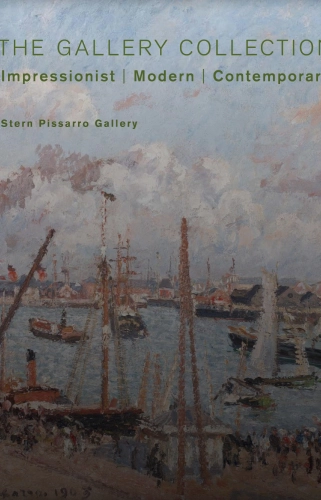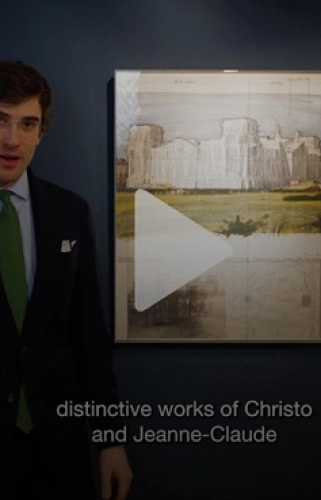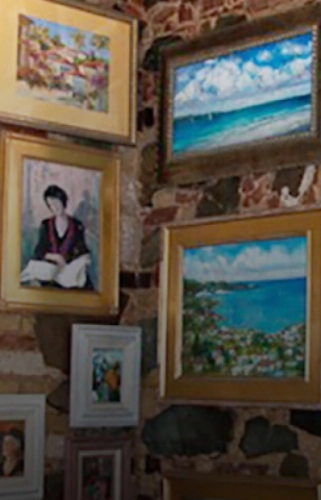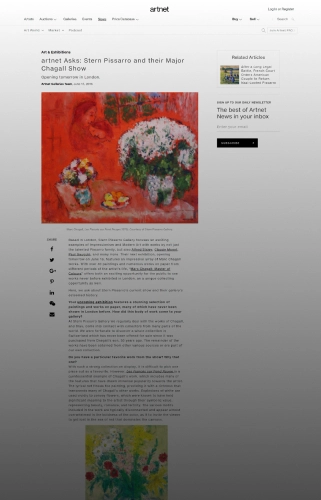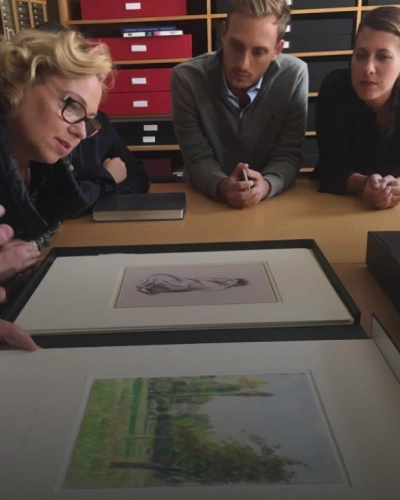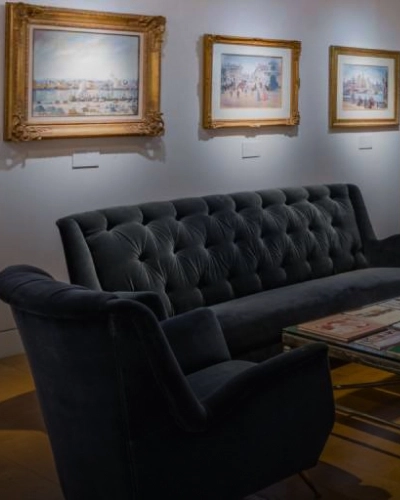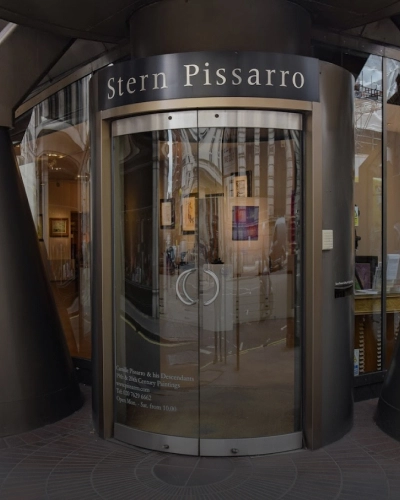Jules Pascin
(1885 - 1930)
Femme assise
25 x 20.1 cm (9 ⁷/₈ x 7 ⁷/₈ inches)
Jules Pascin
biography
In December 1905 Pascin moved to Paris and began contributing drawings to Simplicissimus, a satirical German magazine published in Munich. His first paintings were influenced by Cézanne and the Fauves and were exhibited in his first solo exhibition at the Paul Cassirer Gallery in Berlin. Pascin continued to exhibit his works at the Salon d’Automne and the Salon des Indépendants in Paris, the Berlin Secession and the Sonderbund-Aussstellung in Cologne. He also regularly exhibited drawings, caricatures and prints, many of which were sold to various newspapers and magazines. Depressed over his inability to achieve critical success as a painter, Pascin enrolled at the Académie Colarossi in Paris to deepen his training and devoted much of his attention to copying Old Masters in the Louvre. Twelve of his works were shown at the famous 1913 Armory Show in New York City.
To avoid service in the Bulgarian army during the First World War, Pascin escaped to London and left for the United States in October 1914. A few weeks later his lover and future-wife, the painter Hermine David (whom he met in 1907) sailed to join him and both remained in the United States for the duration of the war. They settled in the Southern states where Pascin took American citizenship and taught art in Savannah (Georgia) before marrying David at New York City in 1918 (witnessed by the painters Max Weber and Maurice Sterne).
Returning to Paris in 1922 Pascin and his wife rented a studio in Montmartre and became friends with artists such as Marc Chagall and Amedeo Modigliani. His models were the local dancer girls and prostitutes and Pascin soon became an icon of the bohemian community inheriting the sobriquet 'The Prince of Montparnasse'. Throughout the 1920s the artist produced a series of fleetingly rendered oil paintings, depicting petite filles waiting for their clients and models anticipating the end of their sitting. These pictures sold readily, but the money was quickly spent which forced Pascin to supplement his income as a book illustrator. A witty presence, always wearing a bowler hat, Pascin was famous as the host of numerous large parties and whenever he was invited elsewhere for dinner he arrived with as many bottles of wine as he could carry. One of his Parisian friends of the period was Ernest Hemingway, whose memoir A Moveable Feast includes a chapter called "With Pascin At the Dôme" which recounts a night in 1923 with Pascin and two of his young models.
On the eve of his first solo exhibition at the Galerie Georges Petit in Paris in 1930, a tormented Pascin, who had struggled for many years with depression and alcoholism, committed suicide. "[D]riven to the wall by his own legend" according to art critic Gaston Diehl, Pascin died aged forty-five after slitting his wrists and hanging himself in the studio at 36 Boulevard de Clichy in Montmartre. Hauntingly, he left a message written on the wall in blood for his mistress Lucy Krohg. As a mark of exceptional respect, several of the galleries in Paris closed on the day of his funeral when thousands from the artistic community – including waiters and bartenders from the restaurants and saloons Pascin had frequented - all dressed in black, walked for three miles behind his coffin.
Jules Pascin
biography
